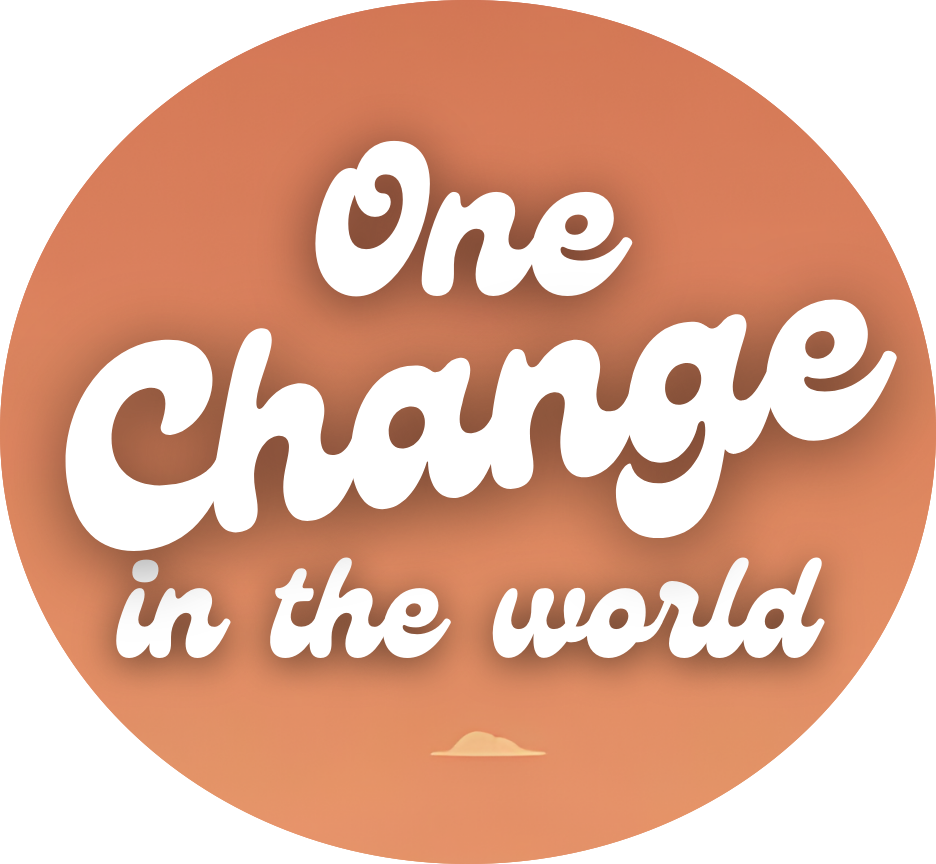INSEE in a report on Living Conditions, updated in 2014, describes with relative precision the health status(see definition of health) of the French population.
The findings of this extract of the report, to be read below, make a globally positive assessment of health in France, since the majority of French people say they are in good health, an average higher than the European average.
However, there are still important definition of inequalities) even in the field of health.
Thus, there are four points to remember:
– 68% of French people in 2012 declared themselves to be in good or very good health
—There are inequalities among those who are affected by diseases
—These inequalities are then reflected in the treatment of diseases
—Money and income are a key determinant of these health inequalities
In France in 2012, 68% of people declared themselves to be in “good” or “very good” health. This figure has been stable for the past ten years. Women report poor health more often than men, but they have a longer life expectancy in good health. In 2011, life expectancy in good health at birth was 62.7 years for men and 63.6 years for women. France enjoys a rather privileged position in Europe with regard to life expectancy in good health and is in the average range with regard to perceived health.
Nevertheless, within the French population, health inequalities remain. These inequalities are present from childhood and adolescence onwards, for example, in relation to corpulence, oral health or the correction of vision disorders. In the ninth grade, 22% of students with at least one working-class parent are overweight or obese, compared with 12% of children with at least one executive parent. Similarly, 42% of working-class children have all their teeth intact (without cavities), compared to 66% of executive children.
In addition to these disparities in health problems, there are also disparities in their treatment. For example, among adolescents with at least one decayed tooth, children of managers were treated for this problem more often than children of workers (88% vs. 66% respectively). Vision problems are also unequally corrected: in the ninth grade, 33% of children in management positions wear corrective lenses, compared to 22% of working-class children. This gap is attributable to differences in visual disorders, but also to a lack of detection and management of disorders. Indeed, at the school health check-up, among children without glasses, working-class children are more likely to have myopia detected than children of managers (10% versus 6%). Disparities in the correction of vision problems are also found in adulthood. According to the 2008 Handicap santé survey, blue-collar workers, who report fewer vision problems, are more likely to have uncorrected (or poorly corrected) problems. Among the 40-59-year-olds, 11% of blue-collar workers report having difficulties with near vision (“seeing the print in a newspaper”), with their glasses or contact lenses if they usually wear them, compared to 3% of managers of the same age. Similarly, for distance vision, 4% of blue-collar workers aged 40–59 say they have difficulty seeing a face at four meters, compared to only 1% of executives.
Income disparities are one of the sources of social inequalities in health and health care use. In this respect, recipients of minimum social benefits constitute a particularly disadvantaged category of the population. A survey conducted in 2012 among them allowed us to compare their health to that of the general population. The survey shows that they more often declare themselves to be in poor health than the rest of the population that they more often have mental health problems and that they more often give up care for financial reasons. In fact, in 2012, less than 60% of active solidarity income (RSA) recipients reported being in good health, compared to nearly 80% among all 18-59-year-olds. In addition, the share of RSA recipients with psychological distress is 36%, compared to 14% in the rest of the population. Finally, although their healthcare needs are greater, they report giving up care more often for financial reasons. Eighteen percent had given up a medical consultation in the previous year and 27 percent had given up dental care, compared to 4 percent and 11 percent respectively among all 18–59 year-olds.
→ General Knowledge: Health
Originally posted on 13 October 2020 @ 00:00
